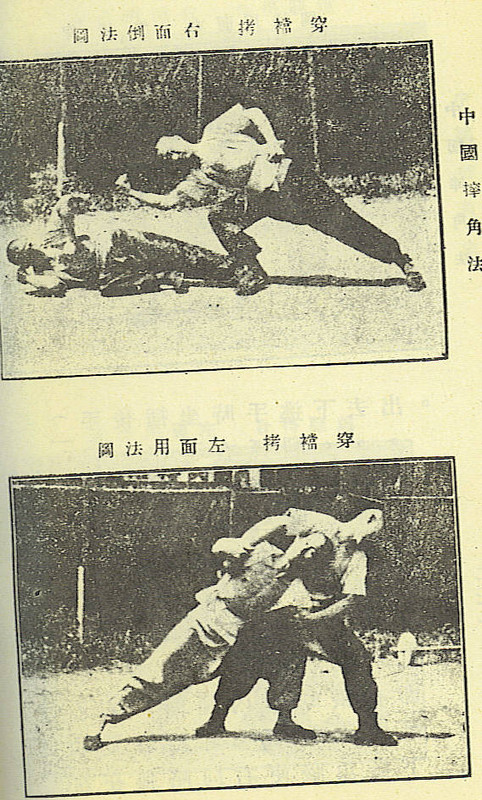dvcochran
Grandmaster
There are a couple reasons to use low stances. The obvious one is that they make your legs work harder and you develop strength and endurance in your leg muscles.
However, this is not the only reason and in my opinion, is not the most important reason.
Stance training is less about the stance itself, and more about the transitions from one stance to another. This transition is where you do the actual work of creating power for your technique. It is the change from one position to the other that matters. The stances themselves can be seen as simply beginning or ending postures. With some exceptions, they generally aren’t terribly useful all by themselves. But as I say above, the transition from one to another gives you an opportunity to accomplish a task and to do so with a great deal of power.
That transition is where you connect the lower body with the upper body, and deliver your technique with the power created by that union.
Using low stances exaggerates that connection for purposes of practice and development. In a real fight you do not need to use those low stances. However, having learned to develop your power by using low (exaggerated) stances, you can still generate similar power with higher, more relaxed stances because you have learned how to effectively unify the upper and lower body into a unified movement.
Stance training is about transitions, and low stances with transitions is a great training method. Simply doing everything in low stances without paying attention to the transitions is missing most of the point.
Could not be said better.

